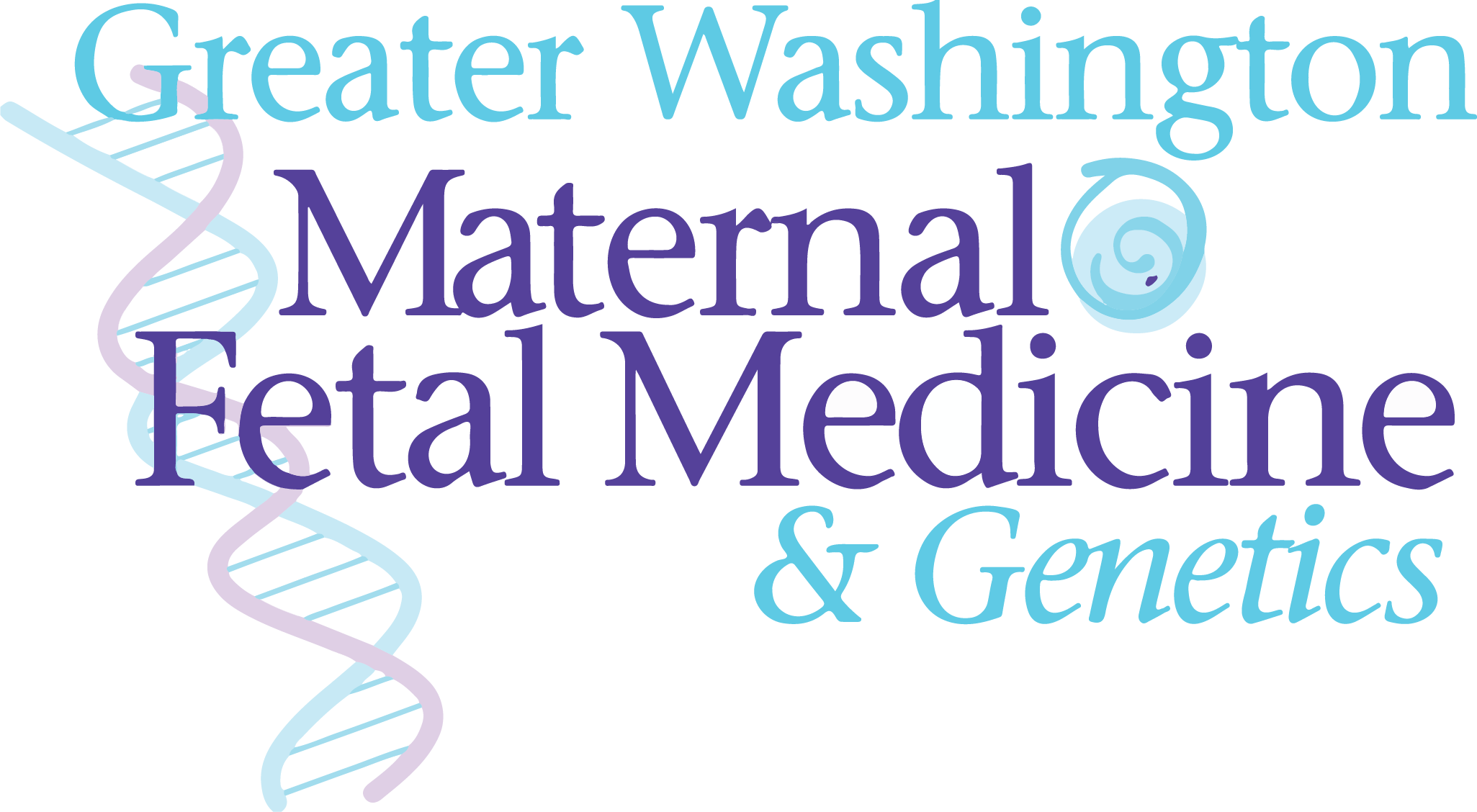Multiple Gestations Explained: Natural vs. IVF and Fertility Treatments
July 21, 2025

Expecting twins or triplets often brings a mix of surprise and concern for many families. While multiple births were once rare, advances in fertility treatments and the growing use of assisted reproductive technologies have increased their frequency. Whether a pregnancy occurs naturally or with medical help, carrying more than one baby comes with unique medical challenges and emotional considerations.
Multiple gestation pregnancies involve carrying two or more fetuses at the same time. These may include twins, triplets, or higher-order multiples. While some occur spontaneously, others are a direct result of fertility interventions like ovulation induction or in vitro fertilization (IVF). Understanding how and why these pregnancies occur, along with the risks involved, is crucial for anyone considering fertility treatments or currently facing a high-risk pregnancy in Fairfax, VA or beyond.
Natural Conception and Multiple Gestations
Naturally occurring multiples, especially fraternal twins, happen when more than one egg is released and fertilized during a single ovulation cycle. This is more common in women over 35, those with a family history of twins, and women who have had multiple previous pregnancies. Identical twins, on the other hand, result from a single fertilized egg splitting into two embryos.
Spontaneous multiples are relatively uncommon, with twins occurring in about 1 in every 250 natural pregnancies. Higher-order multiples (triplets or more) are much rarer. Though nature plays a role, underlying genetics and maternal age are strong influencers.
IVF and the Rise of Multiple Births
In vitro fertilization has significantly contributed to the rise in multiple gestations. During IVF, multiple embryos may be transferred into the uterus to improve the chances of pregnancy. If more than one embryo successfully implants, the result is a multiple pregnancy.
Historically, transferring multiple embryos was a standard practice to increase the success rate. However, due to the associated health risks, fertility specialists now emphasize elective single embryo transfer (eSET), especially in younger patients or those using donor eggs.
Fertility Medications and Ovulation Induction
Fertility drugs such as Clomid or injectable gonadotropins stimulate the ovaries to produce multiple eggs during a cycle. If several eggs are released and fertilized, a woman may conceive twins or more. These medications are less controlled than IVF, making it harder to predict how many eggs will mature and be released.
This method carries a higher risk for higher-order multiples than IVF and requires close monitoring with ultrasounds and blood tests to reduce the chances of excessive follicle development.
Health Risks Associated with Multiple Gestations
Multiple pregnancies are automatically considered high-risk due to increased complications for both the mother and babies. The most common concerns include:
- Preterm birth: Most twins and nearly all higher-order multiples are born before 37 weeks.
- Low birth weight: Premature babies often weigh less and may require NICU support.
- Gestational diabetes and hypertension: Mothers carrying multiples are at a higher risk for these conditions.
- Cesarean delivery: The likelihood of needing a C-section increases significantly.
Regular monitoring, ultrasounds, and specialist care are crucial for managing these risks and ensuring the healthiest possible outcomes.
Emotional and Financial Considerations
Carrying and preparing for more than one baby at a time can be overwhelming emotionally, physically, and financially. Expectant parents often face anxiety, concerns about hospital stays, and the costs of raising more than one infant simultaneously. Fertility treatments themselves can also be expensive and emotionally taxing.
Support groups, maternal-fetal medicine specialists, and perinatal counseling services can help families navigate the emotional journey of a multiple pregnancy.
Monitoring and Specialist Care for Multiples
When a multiple gestation is identified, close monitoring begins early. This may include:
- More frequent ultrasounds to assess growth
- Cervical length checks to evaluate preterm birth risk
- Regular screenings for maternal complications
- Consultation with a maternal-fetal medicine specialist
Specialist care can improve outcomes through early detection of growth restriction, twin-to-twin transfusion syndrome (in monochorionic twins), or preeclampsia.
Whether a multiple pregnancy results from natural conception or assisted reproductive techniques, the importance of expert monitoring and supportive care cannot be overstated. While IVF and fertility medications have opened doors for hopeful parents, they also bring increased responsibility in managing the outcomes.
Families experiencing a high-risk pregnancy in Fairfax, VA can benefit from the expertise of maternal-fetal medicine teams who provide comprehensive monitoring and personalized care plans. For compassionate, advanced care for multiple pregnancies, trust the experienced specialists at Greater Washington Maternal-Fetal Medicine and Genetics. Contact our team to schedule a consultation and ensure the best outcomes for you and your growing family.




